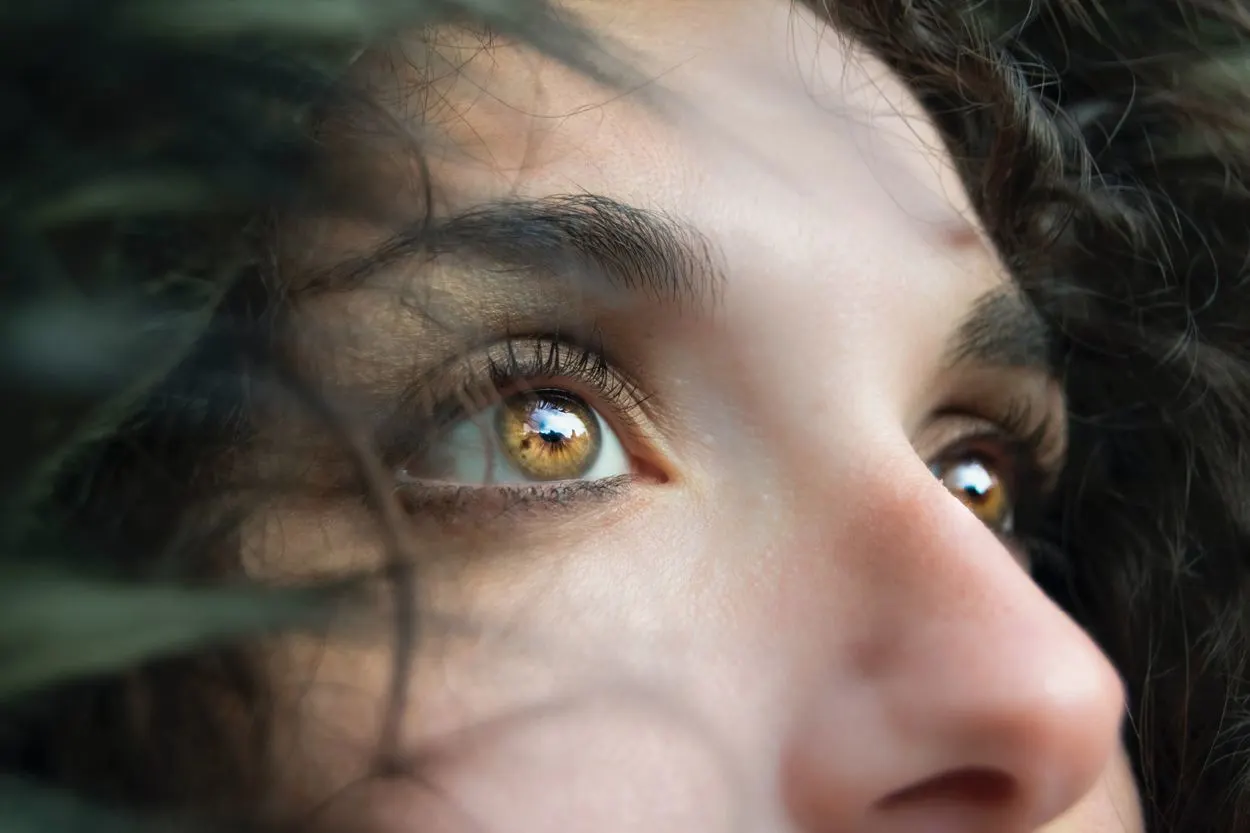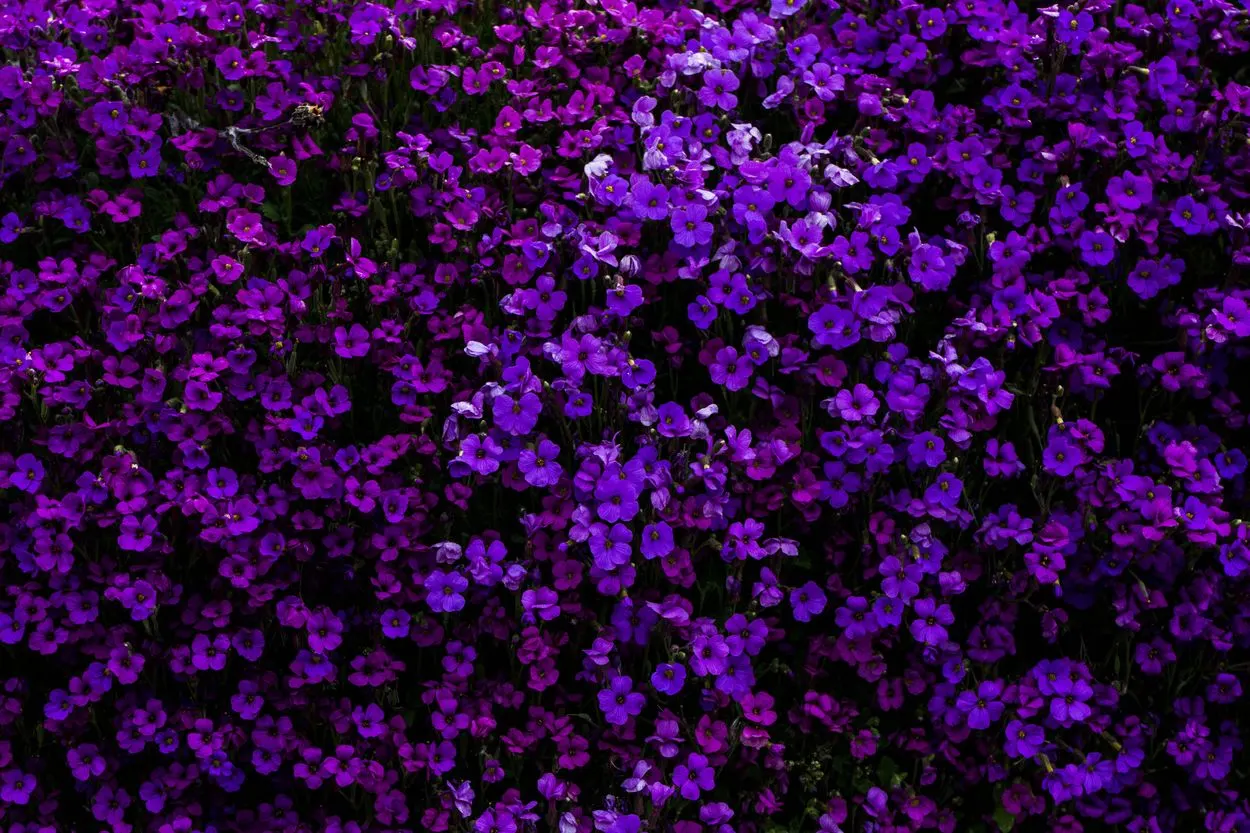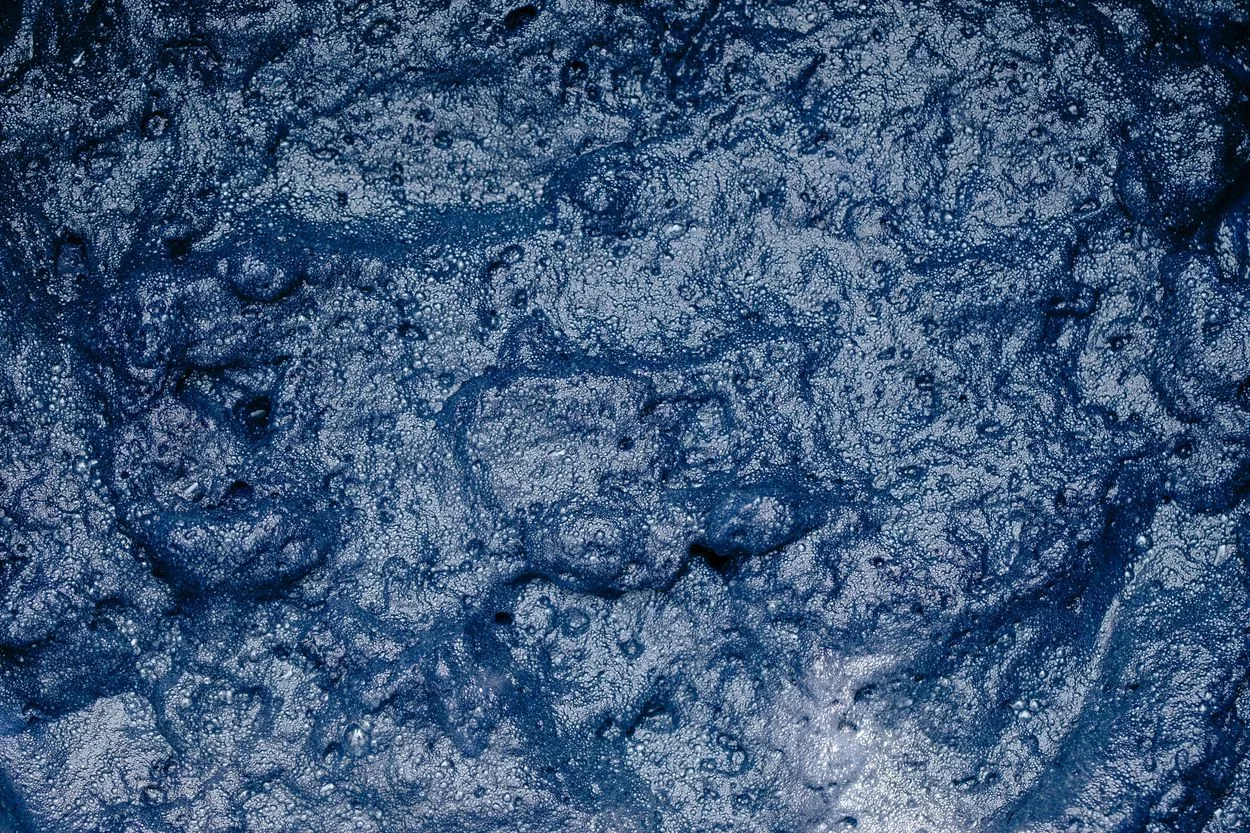Colors don’t really exist. As you may know, the light ray has a spectrum of 7 colors, some of which are primary and others are secondary colors. Towards the inner part of the rainbow, you will see two different blues including violet and indigo. Meaning violet and indigo are visible on the spectrum, therefore these two are real colors.
While purple is not visible, you see this color when both red and blue frequencies get along and mix together.
In the inner corner, you’ll see violet and in the outer red is visible. Let me tell you that it’s for a reason and there’s a complete science behind this.
The colors that the rainbow doesn’t carry don’t exist physically and are purely perceived by our brains. Violet and indigo are spectral, whereas purple is non-spectral.
If you want to learn more about spectral and non-spectral colors, you should stick around till the end of the article as I’m going to share some interesting facts.
What Are Pure Colors?

You probably have seen a rainbow and are well aware of the colors apparent in it. All the colors visible on the spectrum are pure and require a single frequency of light.
It’s worth noting that all these colors have their own distinct frequencies. The frequencies vary from 380 nm to 750 nm. Though, they’re visible to the human eye.
You can see these colors with a narrow spectrum. In case you have good vision, you’ll be able to see from monochromatic light. Although, those with color deficiencies are not capable of seeing some colors.
Unlike purple, violet and indigo are visible on the rainbow, which makes them pure.
Wavelength of Colors
Let’s have a look at this table;
| Perceived by | Wavelength | |
| Purple | Different frequencies | Peculiar result of the human eye |
| Indigo | Single frequency | 440-460 |
| Violet | Single frequency | 400 to 440 |
Comparison of Purple, Indigo, and Violet
Seeing all three colors, you may not find a huge difference. However, there’s a scientific concept behind the origin of these three colors. Let’s have an individual comparison of these colors.
Violet
Interestingly, all perceivable colors in a rainbow, including indigo and violet, have different wavelengths. The wavelength of the colors on the outer corner is higher. And it keeps getting shorter as it passes to each next color. As it reaches the end of the visible spectrum, where the last visible color is violet, the light in wavelength becomes the shortest (380-450).
- You can get this color by mixing 75/100 of Red, and 25/100 of blue.
Indigo
Before violet, you would see indigo on the spectrum. This color has a higher wavelength than violet and less than the other 5 colors on the band of the rainbow. This color is between blue and violet, also you’ll rarely see this color in daily life.
Purple
Unlike the other two colors, it requires at least two frequencies of light to produce. Mixing light red and light blue will give you a purple color that is not visible on the spectrum. This color is not real, therefore you need to combine blue and red to form this. Our brain has invented this color.
Are Violet and Purple Same?
As told earlier, violet is a pure color that has a short wavelength. Moreover, you can spot it on the inner side of a rainbow. Whereas, purple is derived from the mixture of red and blue. Your eye perceives this color by the mutual firing of red and blue cones in your brain. It wouldn’t be wrong if we call purple an unoriginal color.
This video shares some really interesting facts about purple.
How To Identify Violet, Indigo, and Purple?
These visuals will sort out your confusion about the colors.
What Does Violet Look Like?

- Real color
- There’s also a flower
- Last color on the spectrum
- Has a single and the lowest wavelength
True Definition Of Purple

- Perceivable color
- Created by cones responsible for red and blue color in your brain
- Has varying level of wavelengths
Indigo

- Sixth in line and second last color on the spectrum
- A mix between violet and blue but more on the bluish side
Conclusion
Sometimes, it becomes confusing to differentiate the colors as they hold a close similarity. The same is the case with the colors violet, indigo, and purple.
You should keep in mind that purple isn’t the original color like indigo and violet. A human eye perceives this color when both red and blue cones tell your brain. Interestingly, blue and red create multiple shades of different colors. What colors they’ll create entirely depends on the ratio you mix.
Both indigo and violet can be seen on the opposite end of the spectrum to the red.
More Reads
- WHAT ARE THE DIFFERENCES BETWEEN OTAKU, KIMO-OTA, RIAJUU, HI-RIAJUU, AND OSHANTY?
- LOW HEAT VS MEDIUM HEAT VS HIGH HEAT IN DRYERS
- PERSONAL FINANCE VS. FINANCIAL LITERACY (DIFFERENCE EXPLAINED)
- PTO VS PPTO IN WALMART: UNDERSTANDING THE POLICY
Click here to view more information about the colors violet, purple, and indigo.

